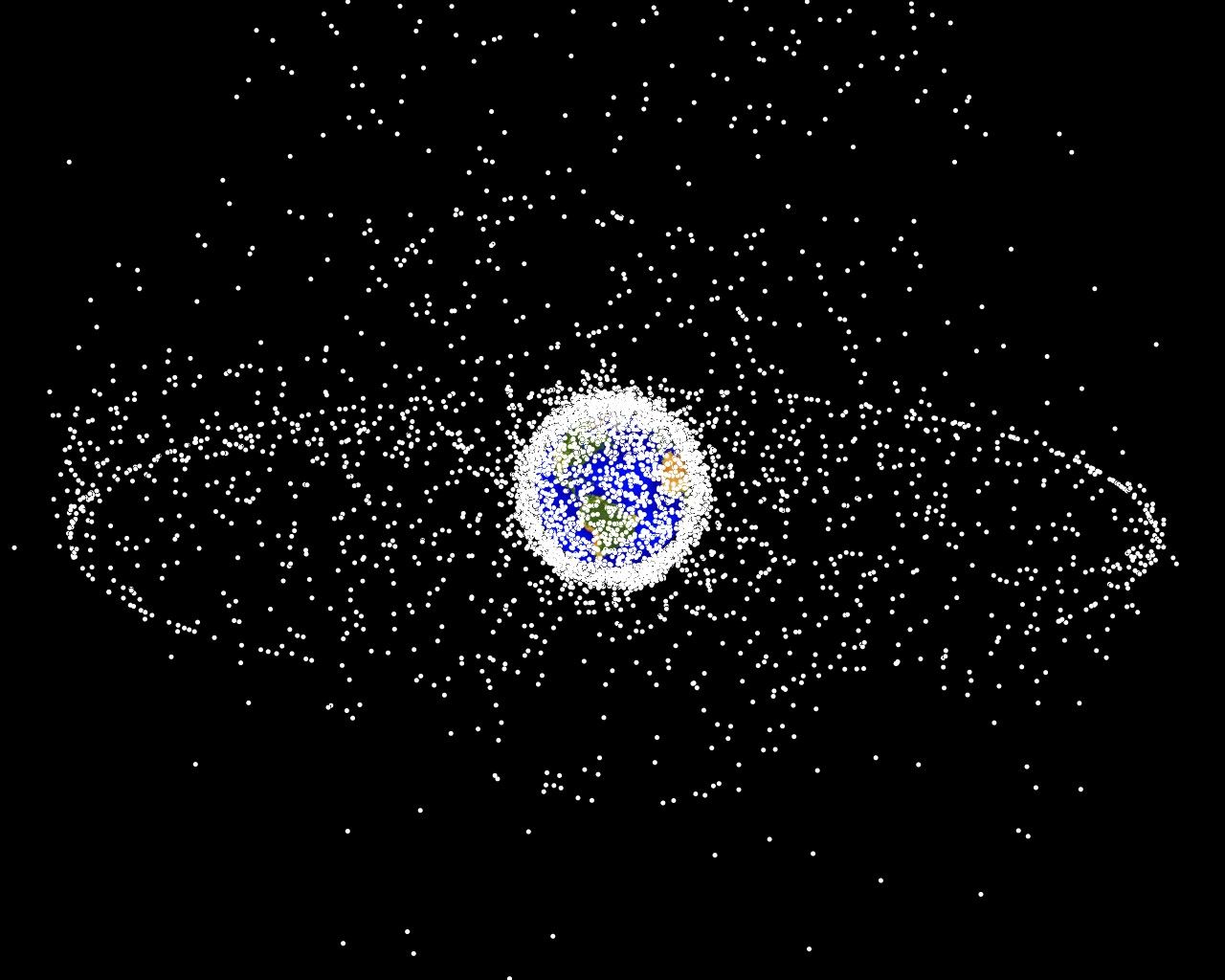
The satellite population in Low-Earth Orbit (LEO) is not an open book. While data on many satellites is public, others are shrouded in secrecy, and information is incomplete for others. New research shows how observers can determine satellite shapes by watching them occult background stars.
Continue reading

When the JWST came to life and began observations, one of its first jobs was to gaze back in time at the early Universe. The Assembly of Galaxies is one of the space telescope's four main science themes, and when it observed the Universe's first galaxies, it uncovered a mystery. According to our understanding of how galaxies evolve, some were far more massive than they should be.
Continue reading
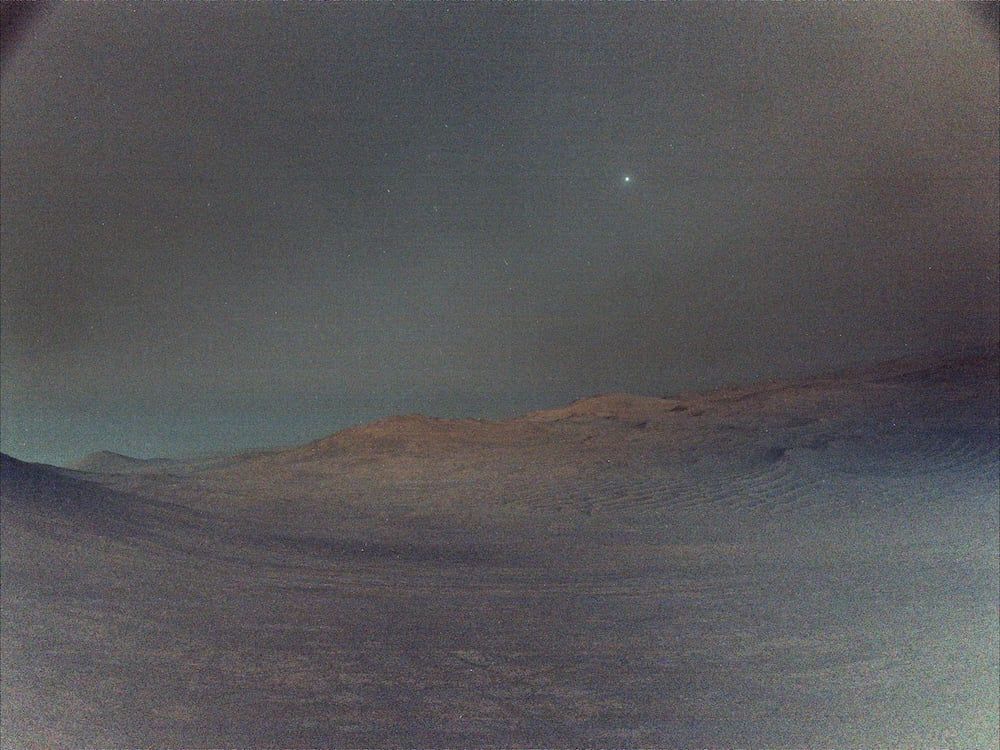
NASA's Perseverance Rover didn't just look up—it captured a sprint across the Martian sky! On March 1st, its navigation camera locked onto Deimos as the moon raced overhead in the pre-dawn darkness. Sixteen rapid-fire, 3-second exposures stacked together reveal the moon's movement across the Martian sky. The pictures were taken in very low light, so it's pretty grainy and noisy, but there are two additional stars in the sky, Regulus and Algieba, in the constellation Leo.
Continue reading

Scientists have discovered that black holes don't just devour everything—they also fire back. While nothing can escape the event horizon, black holes generate ferocious winds that blast outward at significant fractions of the speed of light. New research challenges the long-held belief that they flow smoothly and continuously. Instead, these winds are violent, fragmented bursts resembling rapid-fire streams of gas bullets. Astronomers have now witnessed this phenomenon firsthand, detecting five distinct gas components travelling 20-30% the speed of light and erupting like geysers from the black hole's vicinity.
Continue reading
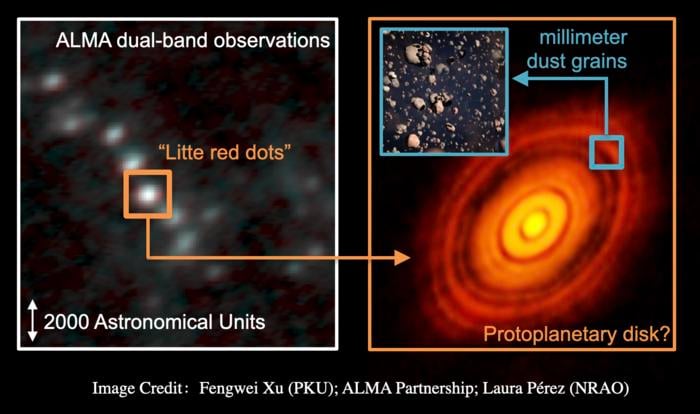
Astronomers have discovered a protoplanetary disks where planets are born thrive in the most violent region of our Galaxy. For years the galactic center was thought to be too chaotic and hostile for planet formation. This is wrong. New ALMA observations have seen planet nurseries flourishing in the turbulent Central Molecular Zone near our Galaxy's heart, challenging everything we thought we knew about how worlds are born. Planets find a way.
Continue reading
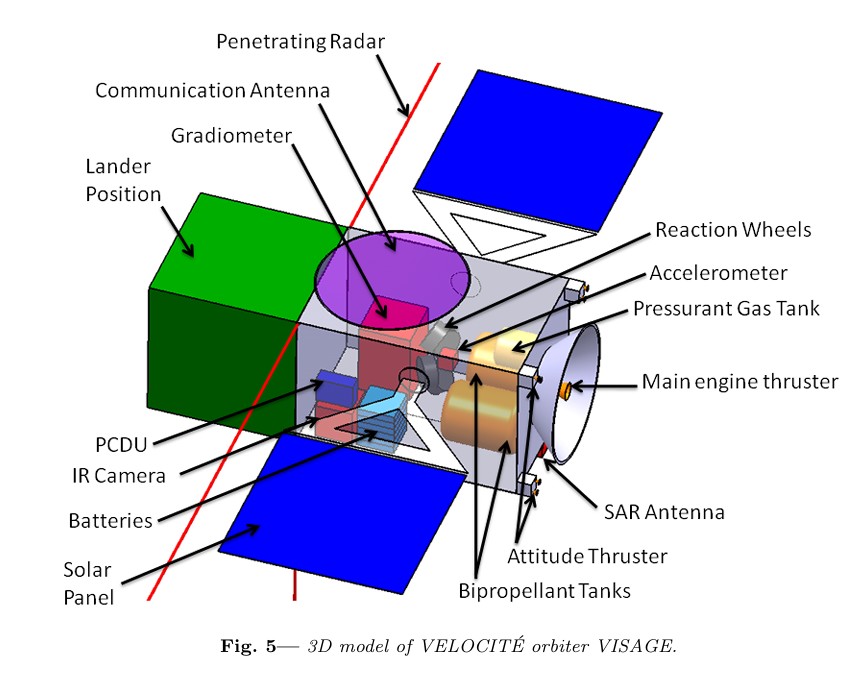
Sometimes it's fun to look back at old missions that never were. There are more of those than the missions that receive funding and are launched, but many of those were influenced by the ones that were funded that came before. A great fountain of mission ideas is the Alpbach Summer School, held annually in Austria. Every year, at least two teams publish papers defining a complete mission concept as part of their capstone experience at the school. One published in 2014 describes a mission designed to look at Venus' tectonic activity, and even though the concept is over 11 years old, the scientific questions it sought to answer are still outstanding today.
Continue reading
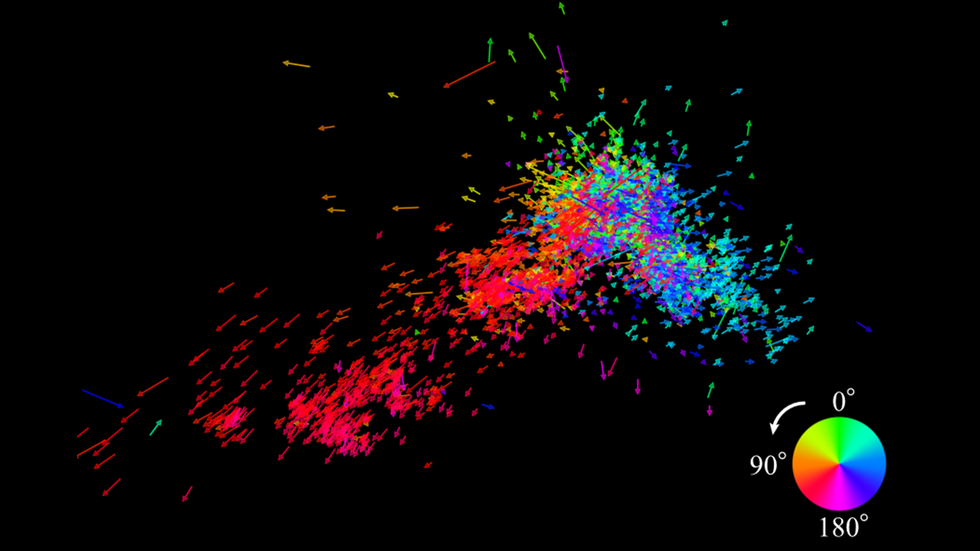
The Small Magellanic Cloud is one of our closest galactic neighbours. It's a dwarf irregular galaxy about 200,000 light-years away, containing several hundred million stars. New research based on massive stars in the SMC shows it's being stretched along two different axes.
Continue reading
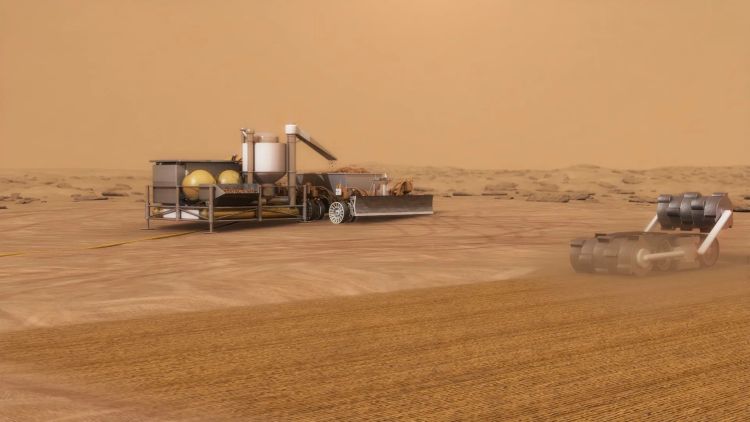
Computational Fluid Dynamics. Those words are enough to strike fear into the heart of many an undergraduate engineer. Modeling how liquids move through a system is mathematically challenging, but in many cases, absolutely vital to understanding how those systems work. Computational Fluid Dynamics (more commonly called CFD) is our best effort at understanding those complex systems. A new paper from researchers at the University of Texas at El Paso (UTEP) applies those mathematical models to an area critical for the upcoming era of space exploration - propellant production from in-situ resources.
Continue reading

Just as ice dominates the outer Solar System, blanketing the moons of giant planets and coating objects in the Kuiper Belt and Oort Cloud—astronomers using the James Webb Space Telescope have made a chilly discovery in a distant planetary system. The alien system HD 181327, 155 light-years away harbours significant deposits of both ordinary and crystalline water ice. They detected the ice in regions that are farther away from the star, with the outer area containing as much as 20% water ice.
Continue reading

One of the big differences between Venus and Earth is the lack of plate tectonics. While Earth's continents float on tectonic plates—constantly reshaping our world—Venus was previously thought to remain locked in a largely static crust with only occasional volcanic hotspots. But everything we thought we knew might be wrong! Researchers examining 30-year-old NASA Magellan spacecraft images have spotted what appears to be the smoking gun of tectonic activity on our hellish sister planet, potentially rewriting planetary science as we know it.
Continue reading

Gamma-ray bursts (GRBs) are the most powerful phenomena in the Universe. First detected during the Cold War, these events beam a tremendous amount of high-energy light our way in a short period of time. They come in two types: short GRBs that last for less than two seconds and long GRBs that last for minutes. Both types have mysterious origins. Short GRBs could be caused by the collisions of neutron stars or perhaps the powerful flares of a magnetar. Observations of long GRBs suggest they are caused by a powerful supernova called a hypernova, where a massive star collapses to become a black hole. But a new study suggests that the origins of long GRBs are more diverse.
Continue reading
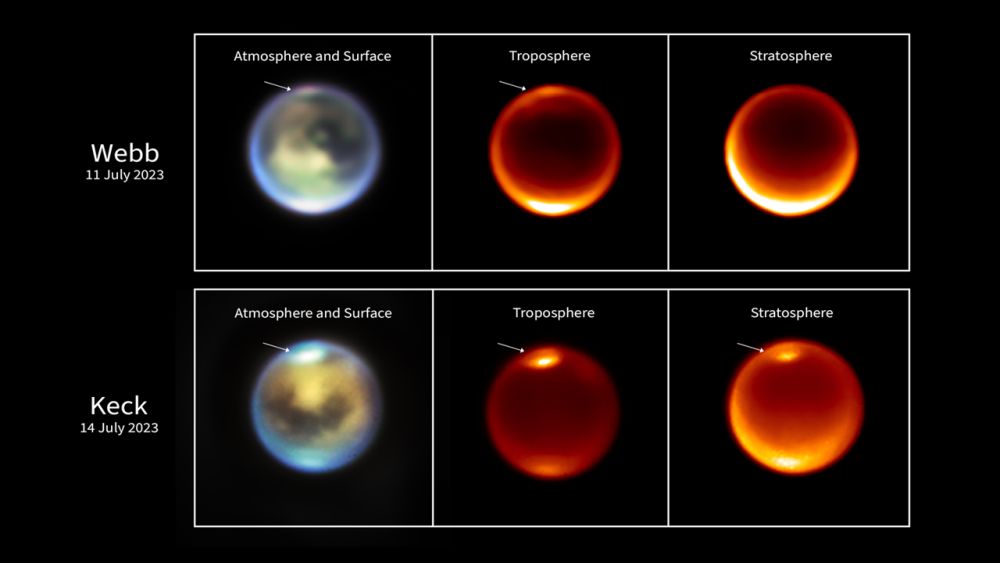
Saturn's moon Titan is the only other body in the Solar System with weather similar to Earth's. The large moon has a thick, nitrogen-rich atmosphere like Earth's, liquid on its surface, and a precipitation cycle. But instead of water, the surface liquid and the precipitation cycle are mainly based on methane.
Continue reading

Shape Memory Alloy (SMA) is becoming increasingly common in space exploration applications. It has primarily been used in deployable structures, such as antenna booms or solar sail deployment. However, it also has a use case nearer the ground of whatever planet, moon, or asteroid it finds itself near. A new paper by Shufeng Tang and their colleagues at the Inner Mongolia University of Technology uses SMA to solve a problem in an area near and dear to space explorers' hearts—small space flexible robotics.
Continue reading

Titan, the largest moon of Saturn, looks more Earth-like on its surface than any other place in the Solar System. With its thick atmosphere and liquid methane rain, it has lakes, rivers, sand dunes and seas. But appearances can be deceiving and in other ways, Titan is in fact a very alien world. One baffling difference, recently discovered, is that Titan's rivers do not seem to form deltas when they reach the sea.
Continue reading

What steps can be taken to enhance in-situ resource utilization (ISRU) for future astronauts on Mars? This is what a recent study presented at the 56th Lunar and Planetary Science Conference hopes to address as an international team of researchers investigated the reasons, benefits, and challenges of conducting ISRU on Mars. This study has the potential to help astronauts, scientists, engineers, and mission planners develop new methods for enhancing the survivability of future Mars astronauts while also maximizing mission success.
Continue reading
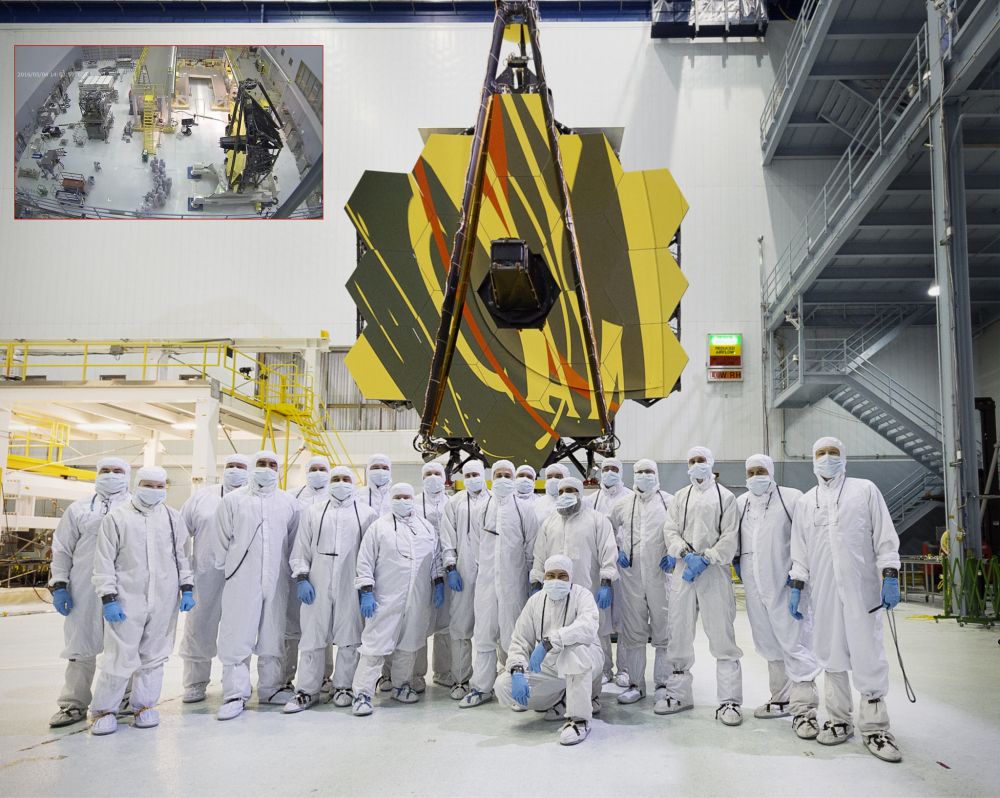
Spacecraft are expensive and intricately engineered machines designed to perform complex missions in harsh space environments. They're costly and require a long time to design and build. Due to their uniqueness and high value, and the need to keep them sterilized, they're assembled in cleanrooms that limit the amount of dust and microbes. New research shows that microbes are adapting to these clean rooms and learning how to thrive in them.
Continue reading
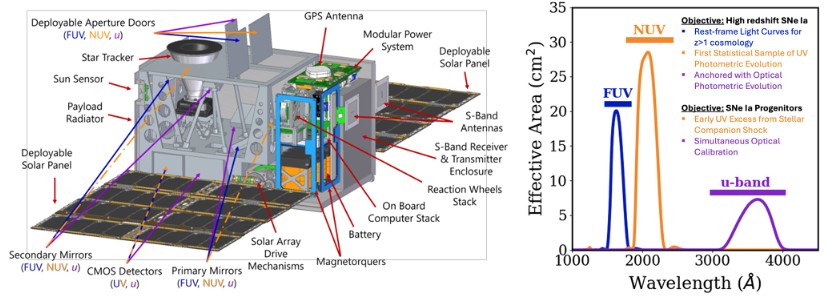
Technology Readiness Levels (or TRL levels, because repeating the last word of initialisms is common in English) is a metric commonly used by NASA to define how developed a technology for use on a mission is. These typically range from 1-9, with 1 being an idea in someone's head, and 9 having been successfully flown on a mission. One of the assessments of new projects that NASA does is a check of the TRL levels of its constituent components - those with a higher level get higher marks, since it is assumed that the technology necessary to get them ready will require less work. So, sometimes, NASA and other organizations will sponsor smaller missions to work on a specific technology needed for one of its big flagship programs. That seems to be the approach from a team led by Keri Hoadley of the University of Florida, who recently laid out a mission concept for the Ultraviolet Type Ia Supernova CubeSat (UVIa).
Continue reading
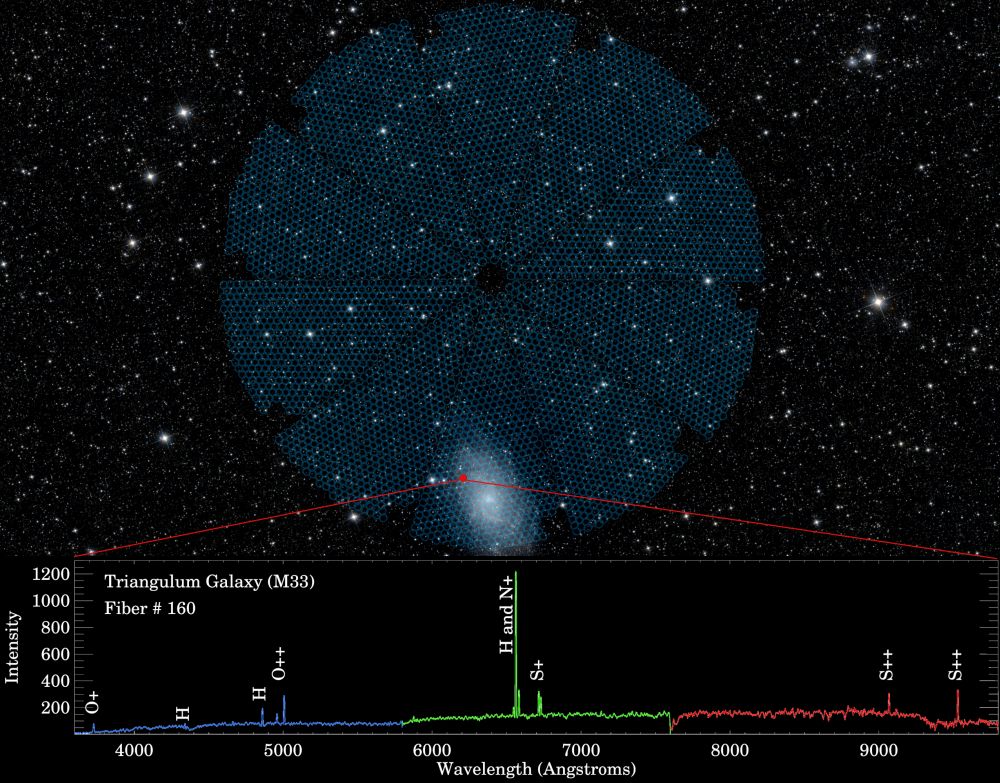
For a while now, there has been a problematic mystery at the heart of the standard cosmological model. Although all observations support the expanding Universe model, observations of the early period of the cosmos give a lower rate of acceleration than more local observations. We call it the Hubble tension problem, and we have no idea how to solve it. Naturally, there have been several proposed ideas: what if general relativity is wrong; what if dark matter doesn't exist; what if the rate of time isn't uniform; heck, what if the entire Universe rotates. So, let's add a new idea to the pile: what if dark matter evolves?
Continue reading
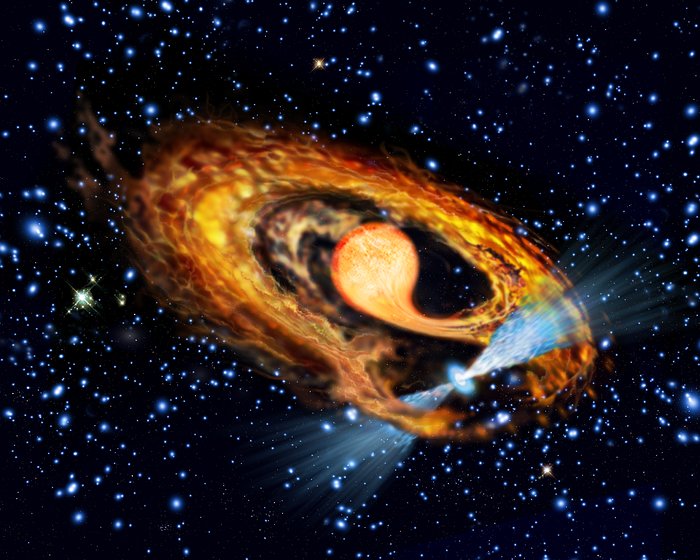
Tracking the sources of photons is a hobby of many astrophysicists. Some types of photons are tied so closely to particular phenomena that tracking their sources would help answer some larger questions in astrophysics itself. Photons on the "511 keV line" are one such type of photon, and they have been overrepresented near the galactic core, with no known source being prolific enough to create them. A new paper from Zachary Metzler and Zorawar Wadiasingh of the University of Maryland and NASA's Goddard Space Flight Center suggests one potential source - millisecond pulsar (MSP) binaries.
Continue reading
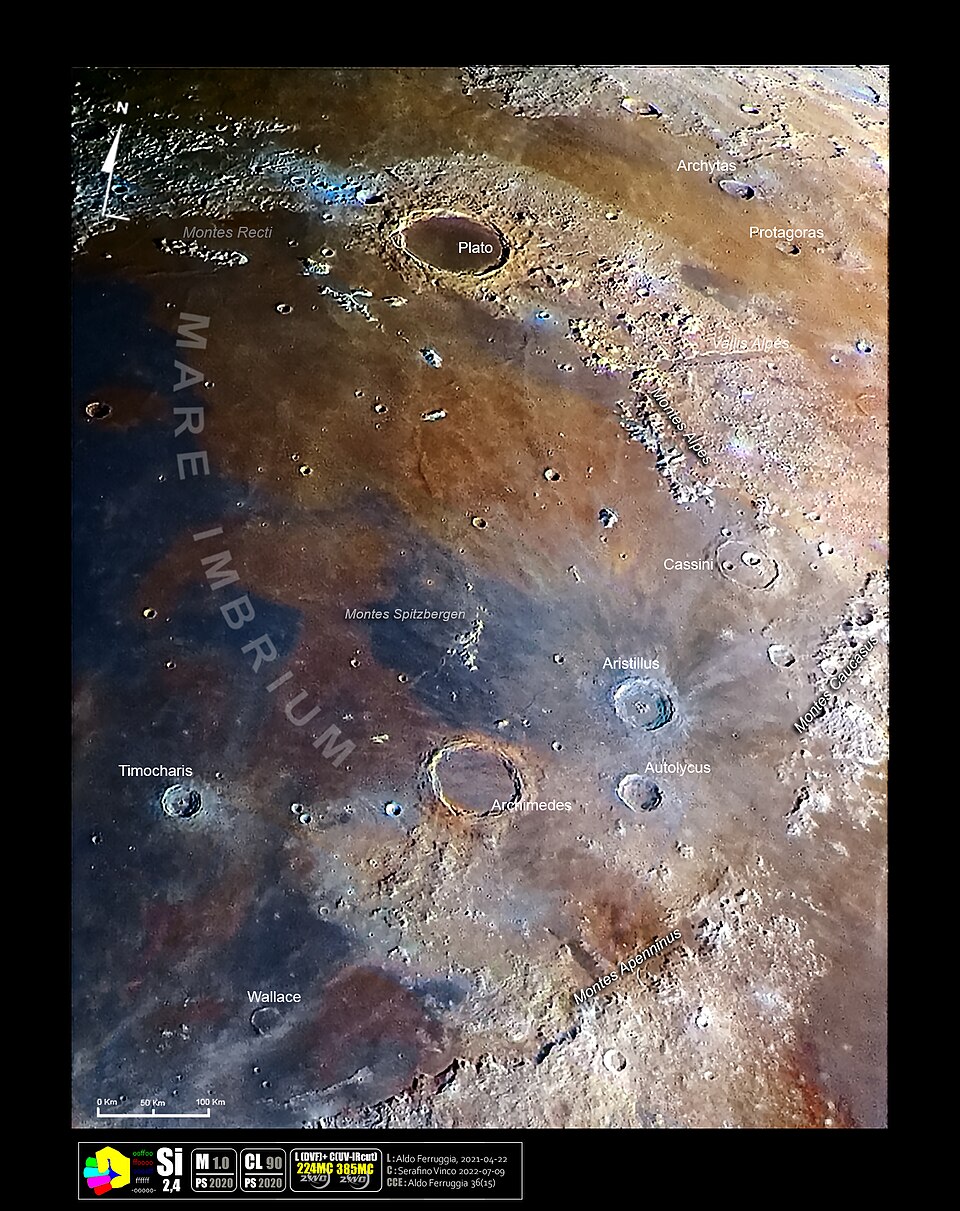
If we could peel back the Moon's cratered crust and examine its mantle, we might find answers to some foundational questions that date back to the Apollo moon landings. We lack the technological capability to excavate the Moon's mantle, but Nature has a way. A massive, ancient impact excavated material from deep beneath the Moon's crust and left it on the surface for us to study. It could help confirm the Moon's origins.
Continue reading

 Universe Today
Universe Today

















